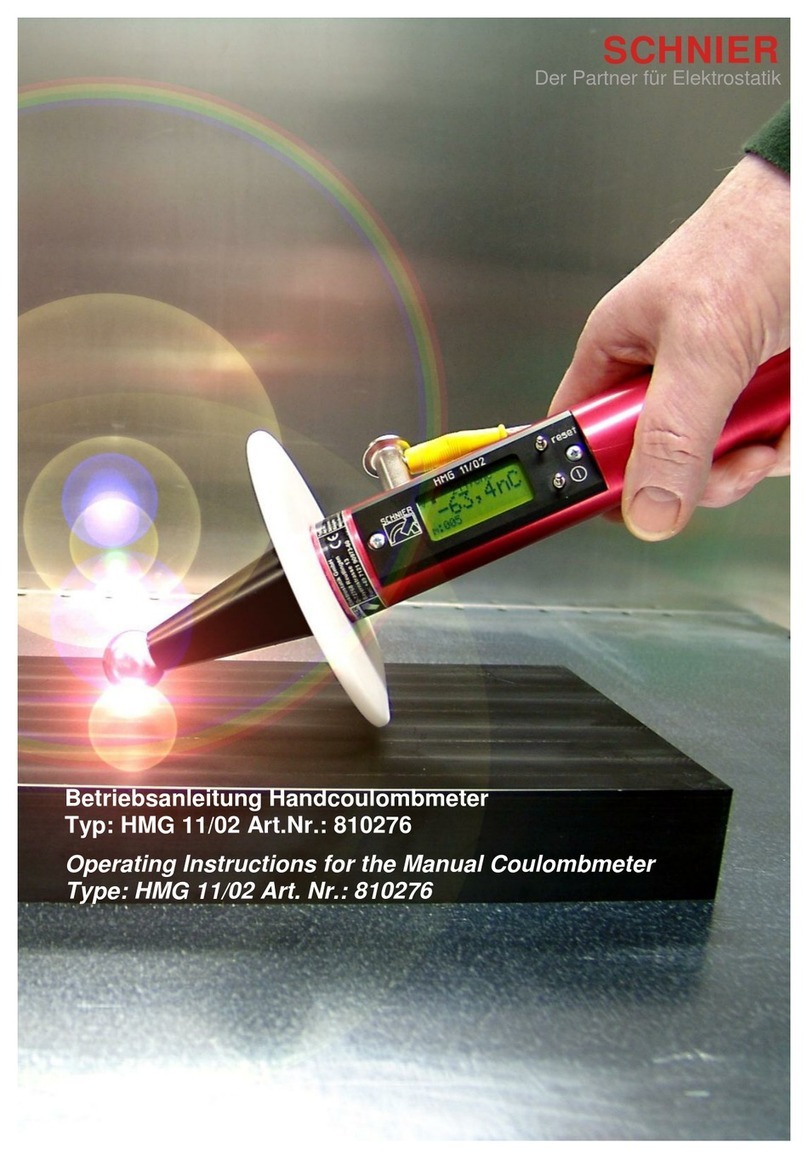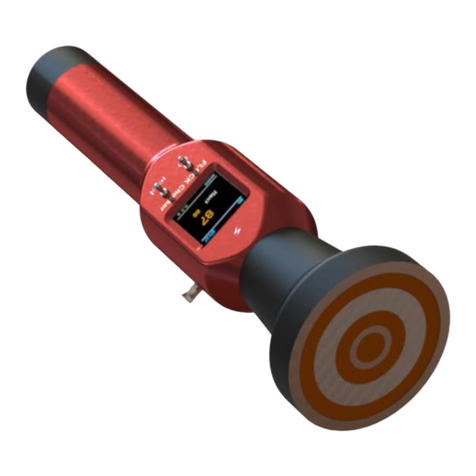
Operating manual 810461-BAL-DEEN-230117 Date: 17.01.2023 2 / 24 EN
Inhalt
1.Product and manufacturer .................................................................... 3
1.1.Product description.................................................................... 3
1.2.Type designation .................................................................... 3
1.3.Specifications.................................................................... 3
1.4.Marking.................................................................... 3
1.5.Warranty.................................................................... 3
1.6.Manufacturer .................................................................... 3
2.Guide to these operating instructions.................................................................... 4
2.1.Accessibility of the operating manual / storage.................................................................... 4
2.2.Work safety symbols and expressions.................................................................... 4
3.Intended use and measuring principle.................................................................... 5
3.1.Measuring range for conductive test specimens.................................................................... 5
3.2.Coulombmeter circuit principle.................................................................... 6
4.Functionality and operation .................................................................... 7
4.1.Displays and control elements.................................................................... 7
4.2.Displays and Turning the coulombmeter on and off .................................................................... 7
4.3.Display.................................................................... 8
4.4.Ready for measurement.................................................................... 8
4.5.Measured value display after correct measurement.................................................................... 9
4.6.Measured value OK / NOK.................................................................. 10
4.7.Number of saved measured values.................................................................. 11
4.8.Largest saved measured value.................................................................. 11
4.9.Stopwatch display.................................................................. 12
4.10.Charge status .................................................................. 12
4.11.Function of the buttons (switches).................................................................. 13
5.Menu.................................................................. 14
5.1.Explanation of the menu items .................................................................. 14
5.2.Show memory (call up menu item 3).................................................................. 15
5.3.Display of the saved measured values (in menu 3).................................................................. 15
5.4.Clear memory (in menu item 4).................................................................. 16
5.5.Show time (in menu item 5).................................................................. 17
6.Measurements with the manual coulombmeter .................................................................. 18
6.1.Measurement.................................................................. 18
6.2.Exceeding the measurement range.................................................................. 19
6.3.Achieving optimum measurement results .................................................................. 20
6.4.Charging the battery.................................................................. 20
6.5.Functional test (replacement for battery test) .................................................................. 21
7.Maintenance of the handheld coulombmeter .................................................................. 22
EC Declaration of conformity .................................................................. 24





























